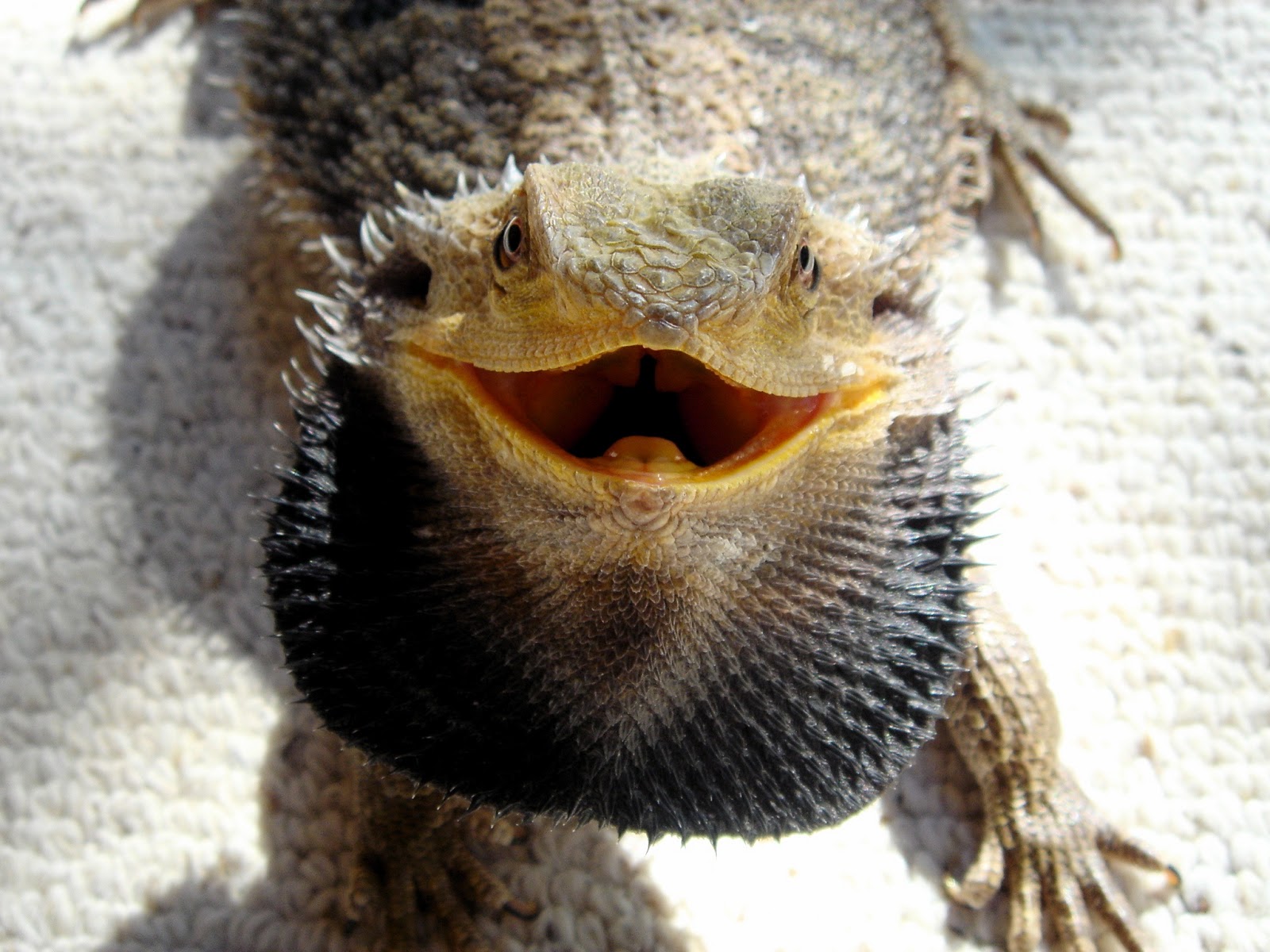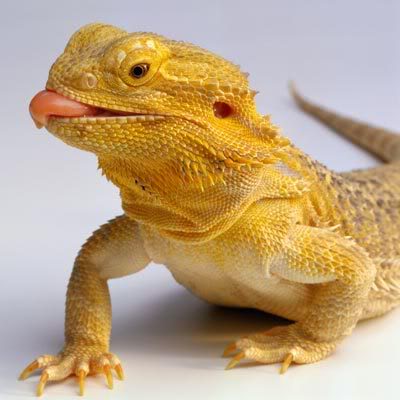The Ultimate Guide to Bearded Dragon Night Temperature for Beginners
How to Optimize Bearded Dragon Night Temperature for a Healthy Pet
Bearded dragons are fascinating creatures, and if you’re new to reptile care or just getting started as a pet owner, you might be wondering how to optimize their night temperature. In this guide, we’ll discuss everything you need to know about bearded dragon night temperature for beginners. We’ll cover the ideal temperature range, how to measure it, and ways to adjust it if necessary. By the end of this guide, you’ll have all the information you need to ensure that your bearded dragon stays happy and healthy throughout the night.
Why is Bearded Dragon Night Temperature Important?
Before we dive into the specifics of bearded dragon night temperature, it’s essential to understand why it’s so important. Like all reptiles, bearded dragons rely on their environment to regulate their body temperature. If your bearded dragon is too cold or too hot, they can suffer from a variety of health problems. This is especially true at night when the temperature drops and their body temperature needs to remain stable to keep them healthy.

What is the Ideal Bearded Dragon Night Temperature Range?
The ideal temperature range for bearded dragon night temperature is between 70 and 75 degrees Fahrenheit (21 to 23 degrees Celsius). This temperature range is necessary to maintain your bearded dragon’s health during the night. If the temperature drops below 70 degrees Fahrenheit, it can lead to health problems, such as respiratory infections or digestion issues. If the temperature rises above 75 degrees Fahrenheit, it can cause dehydration and discomfort.
How to Measure Bearded Dragon Night Temperature
To measure your bearded dragon’s night temperature, you’ll need a thermometer. There are several types of thermometers available, but we recommend using a digital thermometer with a probe. This type of thermometer is accurate and can measure the temperature inside the enclosure. Place the probe in the enclosure at night, at the level where your bearded dragon sleeps.

How to Adjust Bearded Dragon Night Temperature
If the temperature in your bearded dragon’s enclosure is too low, you can adjust it by adding a heat source. One of the best options is a ceramic heat emitter (CHE). A CHE is a bulb that emits heat but doesn’t emit light, making it perfect for nighttime. Place the CHE in a heat lamp fixture and position it over one corner of the enclosure. This will create a temperature gradient, allowing your bearded dragon to regulate its body temperature.
If the temperature in your bearded dragon’s enclosure is too high, you can adjust it by removing the heat source or using a lower wattage bulb. Always monitor the temperature with a thermometer and adjust accordingly. If the temperature continues to be too high or too low, consult with a veterinarian who specializes in reptiles.
Other Tips for Bearded Dragon Night Temperature
Here are some other tips to keep in mind when optimizing your bearded dragon’s night temperature:
- Avoid using heat rocks or mats as they can cause burns or overheating.
- Make sure the enclosure is large enough to accommodate a heat gradient.
- Never use a red or blue light as these can disrupt your bearded dragon’s sleep cycle.
- Check the temperature in the enclosure regularly, especially during the winter or if the ambient temperature changes.
- Consider using a thermostat or temperature controller to regulate the temperature in the enclosure automatically.
- Provide plenty of hides or shelter for your bearded dragon to regulate their body temperature on their own.
Conclusion
In conclusion, bearded dragon night temperature is essential for the health and well-being of your pet. Maintaining a temperature range between 70 and 75 degrees Fahrenheit is crucial, and measuring it with a digital thermometer is the best way to ensure accuracy. You can adjust the temperature by using a ceramic heat emitter or removing the heat source if necessary. Remember to monitor the temperature regularly and consult with a veterinarian if needed. By following these tips, you can ensure that your bearded dragon stays happy and healthy throughout the night.
